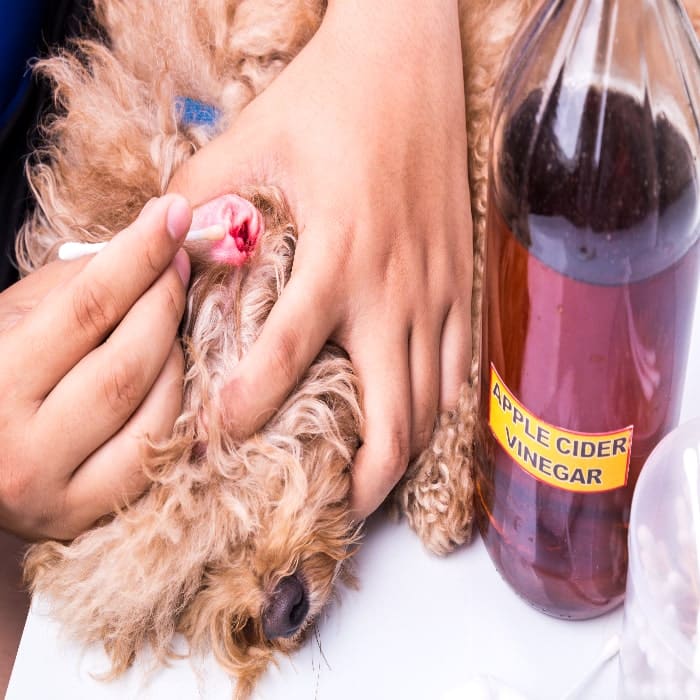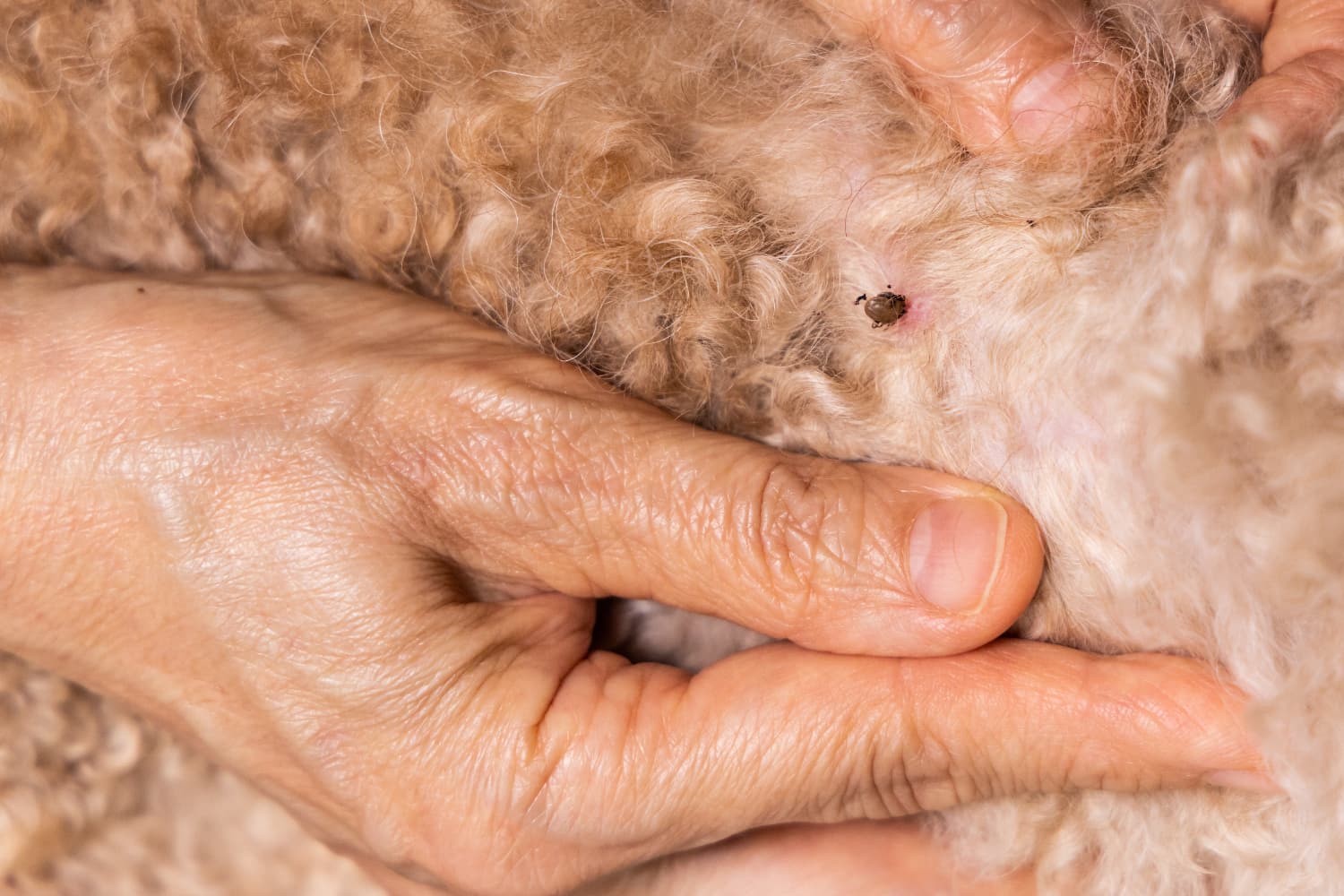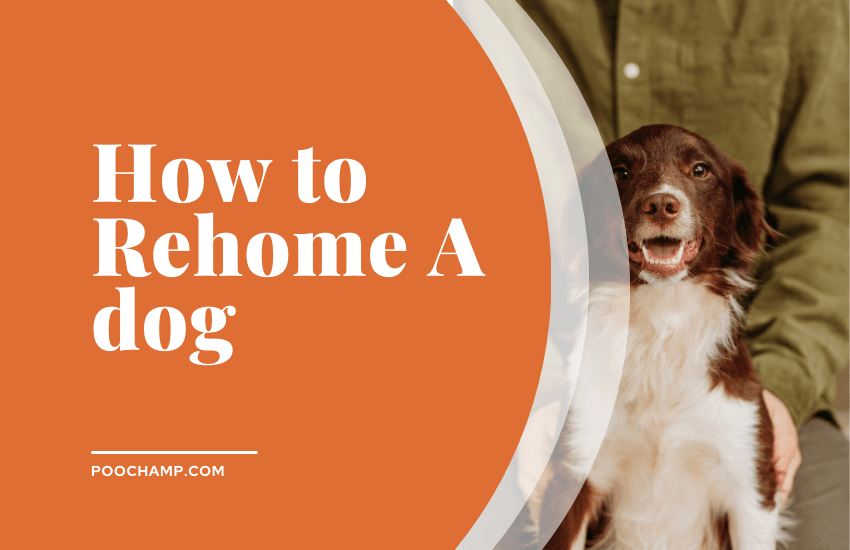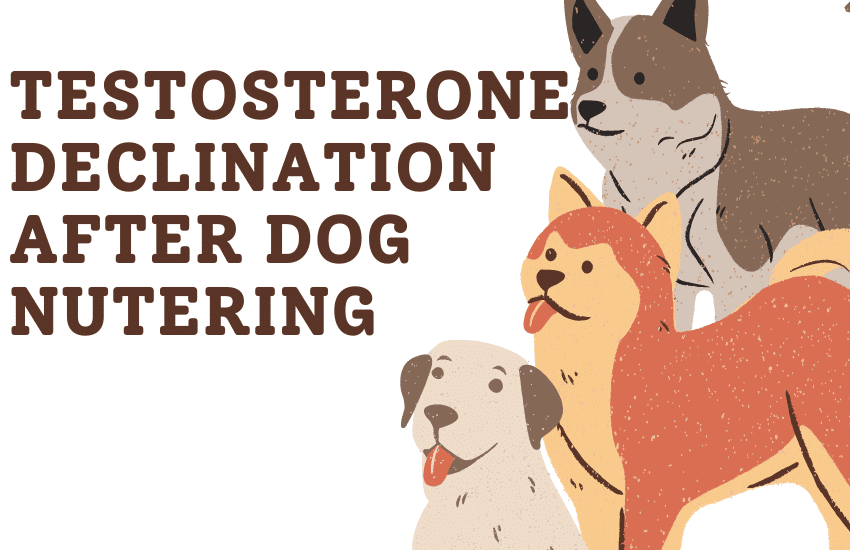How to get rid of fleas on your dog is challenging at first, Fleas can be a nuisance, causing irritation and discomfort for our beloved pets. Luckily, there are several effective ways to drop fleas from your dog’s fur once identified.
This article will discuss how to kill dog fleas fast and some effective home remedies that can help eliminate these pesky pests. With the right tools and approaches, you can have a flea-free pup quickly! So read on to learn more about ridding those pesky fleas from your pet!
Why should you kill fleas on dogs?
The danger of fleas on dogs
Fleas can be a dangerous nuisance for our furry friends. Besides causing discomfort and irritation, fleas can send parasites and other harmful diseases to your pet.
Flea infestations have been known to cause anemia, loss of appetite, skin infections, and even tapeworms in dogs.
Additionally, fleas are one of the leading causes of dog allergies; if left untreated, they can lead to secondary infections.Because of the risks associated with fleas, it is crucial to take proactive action to prevent or end an infestation on your pet.
What do dog fleas look like?
As tiny as a grain of sand, dog fleas are wingless insects with flattened bodies that allow them to move effortlessly through your pet’s fur. Their reddish-brown color makes them hard to spot amidst the hairs, and their agile jumping abilities can make them a real challenge to catch. When these fleas lay their eggs on your dog, you may not even notice until the infestation begins.
Fleas life cycle.
The life cycle of a flea is fascinatingly complex and consists of four main stages – egg, larva, pupa, and adult flea. It all starts when an adult female flea lays around 20-50 eggs per day on your dog’s skin. These eggs then fall off onto surfaces around your home where they develop into larva before transitioning into pupae.
After the right environmental conditions trigger their emergence as adult fleas, they leap onto unsuspecting pets for their next blood meal. Understanding this life cycle is crucial for combating infestations effectively and keeping your furry friends happy and healthy.
Once you understand fleas’ life cycle, several options are available to drop them from your pet successfully. The first step is to identify where the fleas are located on your pet’s body, which can be done by performing a thorough check.
How to tell if your dog has fleas.
How to spot fleas in every cycle stage.
Eggs.
Spotting fleas in the egg stage can be quite tricky as they are nearly invisible to the naked eye and typically laid on the host or in its environment. Look out for fine white specks that resemble salt or pepper on your pets’ fur or around their favorite resting spots.
Larvae.
Larvae, the second stage of the flea life cycle, thrive in dark and humid areas like carpets, bedding, and upholstery. To identify them, pay attention to tiny worm-like creatures with a whitish color moving steadily within these environments.
pupa.
When it comes to combating fleas at the pupa stage, vigilance is key as these cocooned pests can lie dormant for weeks or even months before emerging as adults. To detect pupae hiding in nooks and crannies around your home, keep an eye out for small silken cocoons that blend into their surroundings.
Adult Fleas.
Lastly, adult fleas are much easier to spot due to their small size (about 2-3 mm) and reddish-brown coloration. A thorough combing of your pet’s fur can reveal live adult fleas scurrying about or clusters of dark specks which are actually flea feces—a telltale sign of infestation.
Eliminating fleas at every stage requires a multi-faceted approach including regular vacuuming of living spaces combined with topical or oral treatments specific to each phase of the life cycle.
Signs your dog may have fleas.
- Excessive Scratching and Biting: If you notice your pet scratching or biting themselves constantly, it might be a sign of flea infestation. Fleas can cause irritation and discomfort to your pet’s skin, leading them to scratch and bite in an attempt to alleviate the itching.
- Hair Loss: Another red flag that your pet may have fleas is hair loss or thinning in certain areas of their coat. Flea bites can cause allergic reactions in some pets, resulting in hair loss or damaged fur.
- Restlessness: Keep an eye on your pet’s behavior – if they seem more restless than usual, it could be a sign of discomfort caused by flea bites. Restlessness can manifest as increased pacing, difficulty settling down, or agitation.
How to get rid of dog fleas- Home remedies
You can use several home remedies to remove fleas on your dog. Here are a few of the most common:
Flea comb.
Flea combs are great for removing fleas from dogs. The comb has fine teeth on one side and a wide tongue on the other. Using the comb on your dog’s back, between their shoulder blades, and down their sides would be best.
Anti-flea shampoo.
Bathing your pet with an anti-flea shampoo or using a flea dip can help kill the adult fleas on their fur.
Three anti-flea shampoos are available: insecticidal soap, a pyrethroid insecticide, or a combination thereof. Choose the most effective against the fleas your dog is likely to encounter.
Pyrethroid insecticides work by causing paralysis in insects through their nervous system. Insecticidal soaps use active ingredients like sodium lauryl sulfate to break down oil and fats in insects’ skin. Combining these two types of insecticides is most effective because it kills adult fleas and their eggs.
Adding certain herbs, such as rosemary or eucalyptus, to the bath water can help repel fleas from your pet.
How to get rid of fleas on dogs naturally using Apple Cider.
It is one of the most popular actions for getting rid of fleas on dogs. It is an effective and safe way to eliminate these pesky pests.
Applying apple cider vinegar diluted with water directly onto their fur can help deter fleas.
There is no definitive answer on the mix ratio between apple cider vinegar and water to kill dog fleas. Yet, many experts believe that a 2:1 mixture is best. This means you should use two parts vinegar and one part water. Try using a 3:2 or 4:1 mix, but these ratios may be too intense for some dogs. Start with a lower concentration and increase it gradually until your dog shows no signs of irritation or flea infestation.

how to get rid of fleas on dogs naturally using essential oils.
Essential oils can help remove fleas on your dog, but like any other pesticide or treatment, you should use them cautiously. When using essential oils on your dog, you must be aware of the potential risks and follow the instructions carefully.
Some oils, such as lavender oil, can cause allergic reactions in some dogs. For these reasons, testing a small amount of the oil on your arm before using it on your pet is crucial. And they should be diluted with water.
You should avoid using essential oils like Tea tree oil, pennyroyal, oil of wintergreen, and pine oils as they can harm your dog.
diatomaceous earth.
You’ve tried countless products and treatments to get rid of those pesky fleas on your dog, but nothing seems to do the trick. Here is how to get rid of fleas on dogs naturally, You can consider a natural solution that’s been gaining popularity in the fight against fleas – diatomaceous earth (DE).
This fine, powdery substance is made from fossilized algae and is completely safe for both you and your furry friend. To use DE effectively, start by applying a thin layer directly onto your dog’s fur, making sure to cover all areas where fleas are likely to hide. Gently rub the powder into their coat, focusing especially on problem areas like the neck, back, and tail.
Once applied, let the diatomaceous earth sit for at least 12 hours before brushing it out. The powder works by dehydrating fleas and their larvae upon contact, effectively killing them without using any harsh chemicals. Additionally, be sure to regularly vacuum any areas where your dog likes to spend time – carpets, bedding, and furniture – as this will help control the flea population in your home.
Collars to kill dog fleas.
A flea collar is a device that emits a solid toxic chemical to repel the fleas from your dog. It is usually a small device, usually of the type used for livestock. These collars are effective against most fleas, including “Ctenocephalides felis.” They are often used as an aid in treating pets with allergies.
How to get rid of Fleas in the House.
Baking soda and salt.
One popular way is to sprinkle baking soda and salt around the house. This method is often effective in killing fleas and their eggs. However, be sure to read the following before trying it out:
-Baking soda and salt are effective against fleas but can be harmful if ingested. Be sure to avoid areas where children could reach them and avoid letting pets lick them.
-Before sprinkling these ingredients around your home, pour a cup of white vinegar or water into a spray bottle. This mixture will help repel any bugs that land on the mix while trying to escape the sprinkling.
- Vacuuming your home can help eliminate fleas and their eggs from carpets, furniture, and other surfaces.
- Sprinkling food-grade diatomaceous earth around your home and on your pet’s bedding can help kill fleas naturally.
- Placing cedar chips or rugs made with cedar oil in your home can help keep fleas at bay.
What kills fleas instantly on dogs
Using capstar for dogs
Looking for a fast and effective way to rid your furry friend of pesky fleas? Look no further than Nitenpyram/ capstar for dogs . This powerful insecticide is formulated to kill dog fleas instantly, providing instant relief for your pet. Unlike slower-acting treatments, nitenpyram begins working within 30 minutes of administration, making it a top choice for pet owners looking for quick results.
Capstar works by targeting the nervous system of fleas, causing rapid paralysis and death. Its fast-acting nature makes it an ideal solution for combating heavy flea infestations or providing immediate relief for a dog suffering from flea bites. Additionally, nitenpyram is safe and effective when used as directed, offering peace of mind for pet owners looking to protect dogs from the discomfort and health risks associated with fleas.
Combining a growth regulator to inhibit flea development with an insecticide like Nitenpyram/ capstar for dogs can help target different stages of the flea life cycle more comprehensively. It’s also important to consider environmental treatments to eliminate fleas from the surrounding area and prevent re-infestation. By incorporating multiple methods of treatment, you can better ensure successful and long-term eradication of dog fleas.
Nonprescription Medications to Treat Fleas on Dogs.
In addition to home remedies, nonprescription medications are available that you can use to treat fleas on your dogs. These medications can be in the form of topical treatments, sprays, and tablets.
1- Topical treatments.
Topical treatments such as spot-on products contain active ingredients that kill fleas and their eggs. They are applied directly onto the dog’s fur and should be used monthly for optimal protection.
2- Sprayers.
Sprays are another nonprescription medication that can effectively treat fleas on your dog. These products contain active ingredients such as insect growth regulators (IGRs) that help prevent eggs from hatching and larvae from maturing into adult fleas. They are easy to apply and can provide an entire month’s protection.
3- Tablets.
These tablets contain active ingredients such as fipronil and nitenpyram, which work to kill adult fleas and their eggs on contact. Tablets are easy to administer and can provide a whole month of protection.
Using these methods, you can successfully eliminate fleas on your pet and protect them from future infestations. Following the instructions on the product label when applying any medication is essential.
Prescription Medications to treat fleas on dogs.
If the home remedies are not working to eliminate fleas on your dog, you may need to turn to prescription medications. These products contain more potent active ingredients that can effectively eliminate fleas. Prescribed treatments include topical medications, sprays, and oral tablets.
1- Topical medications.
Topical medications such as selamectin and moxidectin are applied directly onto the dog’s fur and work to kill fleas, their eggs, and larvae. These products are usually administered every 3-4 weeks for optimal protection.
2- Sprays.
Sprays containing active ingredients such as fipronil and iprodione can help kill fleas, their eggs, and larvae. They should be applied every month for optimal protection.
3- Oral tablets.
Oral medications such as Comfortis, Bravecto, NexGard or spinosad are administered orally and work to kill adult fleas on contact. These products usually provide a whole month of protection and should be given to your pet every 3-4 weeks.
You can quickly and effectively eliminate fleas on your dog using prescription medications. Yet, following the instructions on the product label when administering these products is essential. You should also speak with your veterinarian before starting any treatment to ensure it is safe for your pet.
Using home remedies and medications, you can successfully get rid of fleas on your dog and protect them from future infestations. Remember that using a combination of treatments is vital to ensure optimal results. With the right tools, you can easily control flea infestations on your pet and keep them safe from harm.
It is also important to remember that prevention is critical when it comes to fleas. You should regularly groom your pet and check for fleas or other parasites. Additionally, you should keep your pet away from areas with a high population of fleas, such as tall grass or wooded areas. Doing these things can help prevent infestations and keep your furry friend safe.
In this article we discussed how to get rid of fleas on dogs using different remedies to protect your dog from flea infestations.







